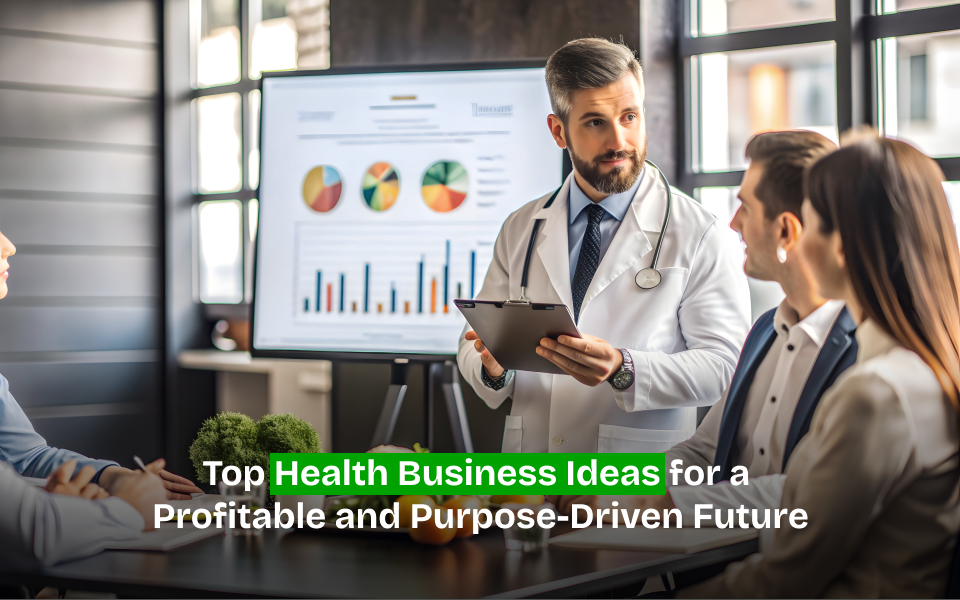
In an increasingly diverse modern society, the IT industry must embrace this cultural shift. Hence, today, incorporating multiple localizations in mobile applications is not merely a choice but an imperative requirement. This blog post will delve into the concept of mobile app localization, its significance, and the advantages it brings to businesses. Furthermore, it will explore various technical considerations and provide valuable insights on effectively localizing mobile applications.
Understanding Mobile App Localization:
The concept of software localization has evolved significantly from its earlier days, when it primarily involved text translation. In the present era, localization has transformed into a sophisticated series of actions designed to tailor a software product to diverse markets and cultures. Typically, the localization strategy is meticulously outlined well before the product launch, and the software development process aligns with this strategic plan.
At the heart of the localization process lies text translation within an application. This encompasses the adaptation of the app's interface, text embedded in images and videos, as well as content found in external resources, such as PDF files or web pages linked from within the app. This approach proves especially useful when handling documents like user agreements or licenses, making it simpler to make updates without extracting text directly from the application. Cultural nuances play a vital role in the localization endeavor. It extends to support for different script types, such as Latin, Arabic, Cyrillic, Chinese, Japanese characters, and more. Even within the same language, significant variations may exist across different countries, encompassing spelling differences, word meanings, and other linguistic idiosyncrasies developed throughout a particular language variant's history. Developers must consider and accommodate these distinctions.
For instance, Google Play houses seven English language variants and three variants of Chinese, Spanish, etc. Another crucial aspect of localization involves selecting the appropriate measurement units. While the metric system is widely embraced globally, it's important to acknowledge that three countries, notably the USA, officially adhere to the imperial system. Moreover, certain regions within countries like Canada and India occasionally employ the Imperial system for specific applications. For instance, despite their adoption of the metric system, inches are used in these regions to measure items like pizza diameter, wheel rims, pipes, and tubing, among others. This cultural preference holds significance when targeting these markets, particularly in the context of online shopping or other retail-oriented applications.
When it comes to apps featuring audio-speech resources, the possibility of localization extends to this aspect as well. In most cases, contemporary text-to-speech engines offer commendable quality at a cost-effective rate. Recording real human voices, particularly when performed by professional actors in specialized studios, can be expensive. Typically, only prominent development companies, such as Activision Blizzard or miHoYo, are focused on delivering AAA-class mobile games that possess the budgets to incorporate multiple voice-over language options. Their approach is rooted in providing users with an optimal experience in their preferred language, aiming to enhance customer satisfaction and, consequently, increase profitability.
Localization also entails adapting software to accommodate the preferred payment and delivery methods in the target region. For instance, certain countries may need access to widely recognized payment methods like Mastercard, Visa, or Paypal, necessitating the inclusion of local alternatives. Furthermore, the format of postal addresses varies across many countries, a factor of particular importance for retail-oriented applications. Last but certainly not least, when it comes to mobile software, localization must encompass.
the adjustment of the software to meet the specific requirements of platforms like Google Play and the Apple Store. This procedure involves translating in-store titles, descriptions, and text featured on screenshots, incorporating relevant keywords, and more. When executed effectively, this enhances the visibility and ranking of the localized application, resulting in increased downloads and user engagement.
The Importance of App Localization for Diverse Markets:
Localization is pivotal in ensuring that a software product reaches its intended markets. When a mobile application is equipped to accommodate multiple languages, it broadens its reach to a more extensive and diverse audience, ultimately leading to increased revenue. Furthermore, it enhances the overall user experience, making the application more user-friendly and convenient. Such usability improvements can catapult the application to a preferred status among users, providing a competitive edge over rivals.
Moreover, a well-executed localization effort conveys a powerful message to users—it signifies that the app's owner has gone the extra mile to tailor it specifically for their benefit. This demonstrates an increased investment in the app's budget, aimed at enhancing the experience of potential users as a gesture of respect and recognition of their significance. As a result, potential customers perceive that the software is custom-tailored for their needs and that its owner genuinely values their appreciation and support.
Advantages of Localizing Mobile Applications for Businesses
Localization of software is a judicious investment that yields significant improvements and confers several key benefits. These advantages can be summarized into three primary categories:
- Expanded Audience Reach:
Enables access to a broader and more diverse user base.
- Enhanced Market Coverage:
Extends the app's presence and relevance in various markets.
- Improved User Experience:
improves the overall usability and satisfaction of users.
Collectively, these benefits translate into increased downloads and a growing user base. Enhanced user engagement, in turn, results in higher profitability, whether through sales, advertising, or other monetization strategies employed by the application. For enterprise-focused applications, localization can also bolster productivity and streamline interactions between offices and branches of a multinational corporation.
Technical Considerations:
The effectiveness of localization, often abbreviated as "L10n," is significantly enhanced when it is strategically integrated with internationalization (often abbreviated as "i18n") from the very outset.
In this context, internationalization entails designing an application with the flexibility to smoothly adapt to various languages. In essence, i18n represents a development approach that facilitates the subsequent localization (L10n) of an application, mitigating engineering challenges. Software developers must also anticipate the need for post-release edits to localized resources. To address this, they should establish mechanisms to extract specific portions of these resources, such as individual text strings or images. Additionally, specialists must incorporate the capability to seamlessly integrate new localized resources into the existing application, ensuring a swift and trouble-free process.
Localization Tips and Best Practices for Mobile Applications:
Here are some essential considerations to keep in mind when planning the localization of your mobile application:
1. Thorough Market Research:
Carefully research and select your target markets. While expanding your app's reach is enticing, it can be a costly and time-consuming endeavor. As the prospective owner of a mobile application, it's essential to strategize your approach. Decide whether you want to focus on a single local market, multiple markets, or pursue a global presence.
2. Language Selection:
Choose the languages for your software based on the languages spoken in your initial and potential target markets. If you plan a global launch, consider incorporating at least the six most widely spoken languages: English, Chinese, Hindi, Spanish, French, and Arabic. These initial considerations set the stage for a successful localization strategy for your mobile application.
3. Preparing Your Software for Localization:
To ensure a seamless localization process, your application's design should facilitate adding localized resources. If this feature is properly integrated in advance, it allows for an expanded market reach for your mobile software, even post-release.
4. Selecting a Mobile App Localization Service Provider:
The landscape of software localization has evolved significantly in recent years, with greater automation of tasks that were once manually intensive. This includes analyzing the software's design and identifying the resources requiring localization. These resources should be extracted with meticulous care to preserve their structure. Localization can be managed by the development
company responsible for building your software if they possess an in-house team with relevant expertise. Alternatively, you can opt for a dedicated company specializing in localization services.
Some of the prominent names in the field include Crowdin, Onesky, Trados, and POEditor, which are among the popular choices for translation services today.
5. Ensuring Localization Quality:
Quality assurance is an indispensable aspect of the localization process and should be noticed. Translations must be reviewed and approved by experienced editors and native speakers to guarantee linguistic accuracy and maintain a high standard of user experience in the localized versions, matching the quality of the original application.
Conclusion
In conclusion, adapting software for diverse markets involves a multifaceted process, and this article has only scratched the surface of this complex undertaking. Localization, even with the support of modern automated tools, remains a nuanced process that demands dedication and expertise. It relies on the collective efforts of translators, copywriters, editors, and other localization professionals.
To fully realize the advantages of mobile application localization, you require a capable and knowledgeable team. Lilac Infotech specializes in mobile development services and boasts a track record of delivering software solutions for both global and local audiences. Whether you're aiming for a top-tier mobile application with the potential to go global or targeting specific markets, don't hesitate to get in touch with us for your software development needs




















Post a Comment